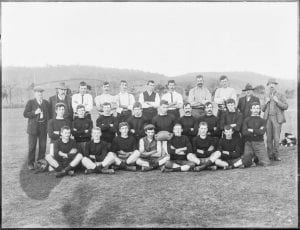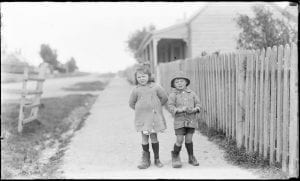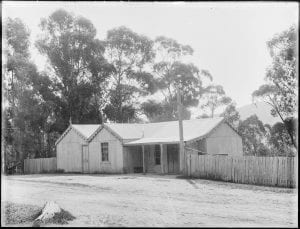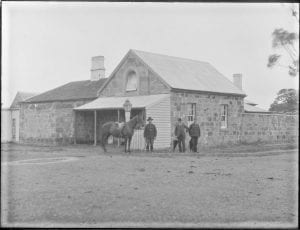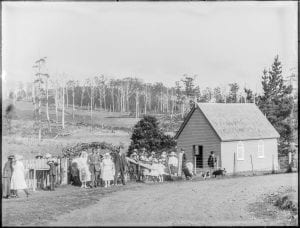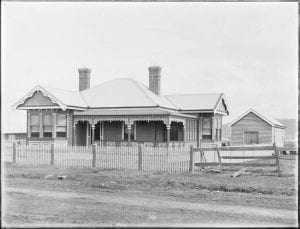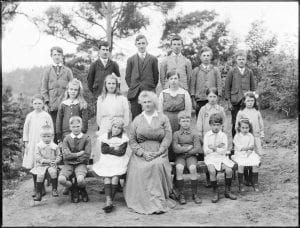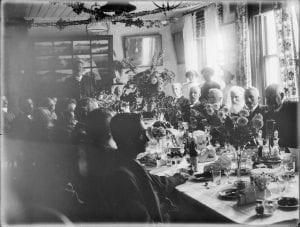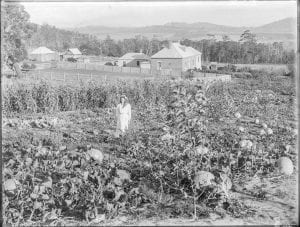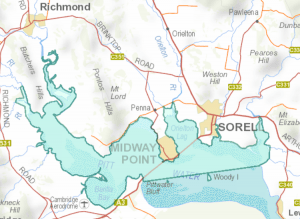Albert Archer Rollings was born on 24 March 1865 to parents James and Martha Rollings (nee Wiggins).
In 1888, he was elected as secretary of the Lower Sorell road trust.
On 4 June 1890 he married Sophia Dodge, youngest daughter of Ralph Dodge, in Hobart.
In 1894, Arch was selling off a lot of goods at Rosy Vanyan, Forcett, the property owned by his parents who had both passed.
By 1895, Arch was the manager of the Forcett Milk Company operating from 78 Murray Street, Hobart. In 1898, he was now manager of the Country Milk Supply Company and he was sent to Sydney to scope out how milk was supplied to customers there. Arch was present in 1917 when the Primary Producers Union was formed.
He was appointed post-master and savings bank agent at Forcett in 1896 after his sister Kate resigned.
In the late 1890’s, Arch had a photography business in Harrington Street, Hobart with his partner Harry Dart. In the early 1900’s he sold his part of the business and moved to Sorell where he set up his own shop. He also had a partnership with H E Howard until 1906.
Arch was a member of the Sorell cricket club and often mentioned in reports. In 1914, he donated pendants as trophies for cricket. In 1916, he was secretary of the re-organized Sorell Rifle Club and by 1921 Arch was captain of the Sorell Rifle Club also donating a trophy that year.
When a public meeting was held in August 1915, Arch used his skills to throw the anthems of the Allies onto a screen so everyone could join with the choir in singing.
In November 1922, Arch was selling his drapery business in Sorell. Sophia Rollings died on 28 September 1928. Arch remarried to Julia Adelaide Rapp. He died on 2 March 1947.
As Rollings and his wives had no children, the business was up for auction in the late 1950’s when the second Mrs Rollings died.
Robert Tanner, a former Sorell history teacher and a resident of Sorell, was attending the viewing for the auction of the Rollings business in Sorell. He noticed an old dunny (outhouse) in the backyard, looked inside and found it had been used as a dark room. It contained lots of boxes filled with glass plate negatives. He thought these could be used as part of his grade 7 local history studies at school. There was no lot number, so the auctioneer added a number. On the day of the auction, Robert was teaching, so a friend bid for him and it cost 10 shillings and 6 pence. A lot in the late 1950’s.
Robert and some of the older residents of Sorell could name people in the photos, so they were then sent to the Tasmanian Archives where they are now held. To listen to the ABC interview of Robert, follow this link. Also find out more about the discovery by reading Robert’s article in Pitt Water Chronicles Vol 2 (p39-42).
Below is a selection of the first 100 images of Arch Rollings negatives now digitized by the Tasmanian Archives.
